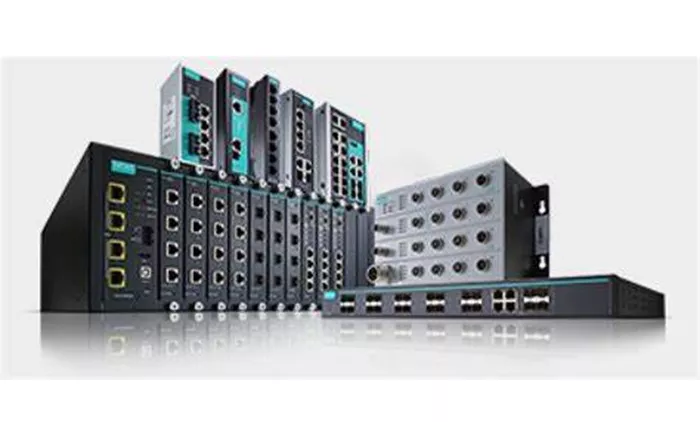As industrial automation grows increasingly complex, the need for efficient signal transmission between controllers and field devices has never been greater. Microcontrollers and PLCs rely on robust interface solutions—typically screw terminals, push-in designs, or connectors—to bridge the gap between onboard electronics and physical wiring. However, these traditional methods often consume excessive space while introducing potential failure points in high-I/O systems.
Balancing Signal Diversity with Compact Design
Industrial applications primarily use low-voltage discrete (24VDC) and analog (4-20mA, 0-10VDC) signals, though specialized requirements like thermocouples or strain gauges add complexity. While most operations function with minimal power, exceptions exist—motor starters, solenoids, and heaters demand higher-voltage switching. Here, relays serve as critical intermediaries, enabling low-power control signals to manage high-power loads while providing essential electrical isolation.
The Relay Dilemma: Flexibility vs. Efficiency
Despite their utility, relays present operational challenges. Variations in NPN/PNP configurations and contact form factors complicate installations, while physical relay arrays consume valuable panel space and increase maintenance burdens. The labor-intensive nature of relay-based systems drives up costs and hampers troubleshooting—a critical drawback in today’s high-density automation environments.
Universal Systems as a Path Forward
To address these pain points, designers are turning to modular, universal interface solutions. Such systems consolidate diverse signal types into standardized, space-efficient units, reducing wiring complexity and failure risks. By integrating isolation and signal conditioning capabilities, these platforms streamline both installation and long-term maintenance.
As industrial I/O demands escalate, the shift toward intelligent, scalable interface technologies promises to redefine reliability in automated systems—proving that smarter connectivity is the cornerstone of future-proof manufacturing.
Related Topics:

